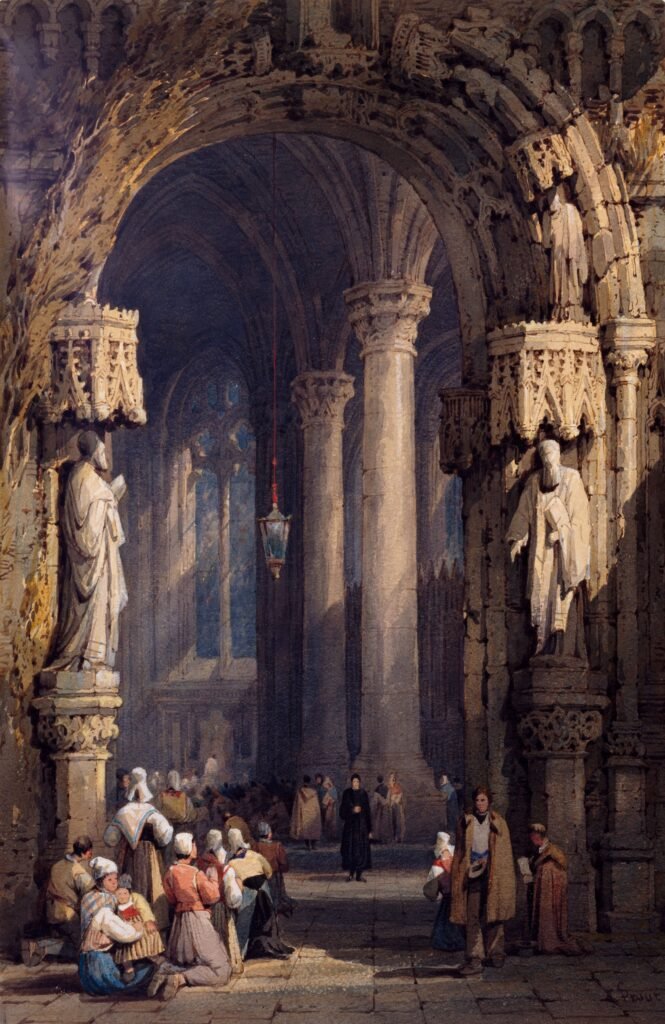In this article, you will discover the key principles behind mastering the art of modern lighting design. Whether you’re redecorating your home or designing a commercial space, understanding how to create the perfect lighting can make a significant difference in enhancing the overall ambiance. From utilizing layers of light to incorporating smart technology, this article will provide you with valuable insights and techniques to transform any space into a beautifully illuminated masterpiece. So, let’s embark on a journey of illuminating discoveries together!
Understanding the Basics of Modern Lighting Design
Importance of lighting in interior design
When it comes to interior design, lighting plays a crucial role in creating a desired atmosphere and enhancing the overall ambiance of a space. It not only provides functional illumination but also adds depth, dimension, and visual interest to a room. Lighting has the power to transform a dull and ordinary space into a warm and inviting sanctuary. It can highlight architectural features, emphasize focal points, and even influence our mood and well-being. Therefore, understanding the importance of lighting in interior design is essential for creating a visually appealing and harmonious space.
Key elements of modern lighting design
Modern lighting design incorporates several key elements that are essential in achieving a well-designed and aesthetically pleasing space. These elements include the selection of appropriate lighting fixtures, consideration of color temperature, understanding of lighting terminology, and the ability to balance natural and artificial light sources. By carefully considering and incorporating these elements, one can create a modern lighting design that is functional, visually appealing, and harmonious with the overall design of the space.
Types of lighting fixtures
In modern lighting design, a wide variety of lighting fixtures are available to suit different needs and design preferences. These include recessed lighting, pendant lights, chandeliers, track lighting, wall sconces, and floor lamps, among others. Each type of lighting fixture serves a specific purpose and can contribute to the overall ambiance of a room in its own unique way. Understanding the characteristics and functionality of different lighting fixtures is crucial in selecting the right fixtures for each space and achieving the desired lighting effect.
Color temperature and its impact on lighting design
Color temperature refers to the color appearance of light and is measured in degrees Kelvin (K). It plays a significant role in lighting design as it can greatly influence the mood and atmosphere of a space. Warm color temperatures (ranging from 2000K to 3000K) create a cozy and inviting ambiance, ideal for areas such as bedrooms and living rooms. Cool color temperatures (ranging from 4000K to 6500K) produce a crisp and bright light, making them suitable for task-oriented spaces like kitchens and offices. Understanding the impact of color temperature is critical in designing the desired lighting scheme for each area of a home or commercial space.
Key terms in lighting design
To effectively communicate and understand lighting design concepts, it is essential to be familiar with some key terms commonly used in the field. These terms include lumens, which measure the amount of light output from a source, and watts, which measure the energy consumed by a light source. Additionally, understanding terms such as beam angle, color rendering index (CRI), and Kelvin (K) can help in selecting the right lighting fixtures and achieving the desired lighting effect. Familiarizing yourself with these key terms will empower you to make informed decisions and effectively communicate your lighting design preferences.

This image is property of images.unsplash.com.
Creating the Right Ambiance
Defining the desired atmosphere
Creating the right ambiance in a space is essential for establishing a specific mood and setting the overall tone. Before embarking on the lighting design process, it is vital to define the desired atmosphere for each room or area. Do you want a cozy and intimate ambiance in the bedroom? Or a vibrant and energetic atmosphere in a living room? By clearly defining the desired atmosphere, you can select lighting elements and strategies that align with your vision and create a harmonious space that evokes the intended emotions.
Layering lighting for different purposes
One key technique in modern lighting design is layering lighting for different purposes. Layering lighting involves the use of multiple light sources, such as ambient, task, and accent lighting, to create depth, visual interest, and functionality in a space. Ambient lighting provides overall illumination and sets the general mood, while task lighting focuses on specific tasks or activities. Accent lighting, on the other hand, highlights architectural features or creates focal points. By strategically layering these different lighting types, you can achieve a well-balanced and visually appealing lighting design.
Using dimmers and lighting controls
Dimmers and lighting controls are indispensable tools in modern lighting design. They allow you to adjust the intensity of light and create various lighting scenarios to suit different needs and moods. Dimmers not only provide flexibility but also offer energy-saving benefits by reducing the light output when full brightness is not required. Additionally, incorporating lighting controls, such as timers and occupancy sensors, can further enhance the functionality and efficiency of your lighting design. By embracing these technologies, you can effortlessly create the perfect ambiance while also conserving energy.
Choosing the right light sources
Selecting the right light sources is crucial in achieving the desired lighting effect and ambiance. Nowadays, there is a wide range of light sources available, including incandescent, halogen, fluorescent, and LED lights. Each light source has different characteristics and advantages, such as energy efficiency and color rendering capabilities. LED lights, in particular, have gained popularity in modern lighting design due to their long lifespan, energy efficiency, and versatility. By carefully considering the light source, you can ensure optimal performance, longevity, and visual appeal in your lighting design.
Balancing natural and artificial light
In modern lighting design, it is essential to strike a balance between natural and artificial light sources. Natural light provides a connection to the outdoors and adds a sense of vitality and freshness to a space. To make the most of natural light, it is important to understand daylighting techniques, choose appropriate window treatments, and utilize reflective surfaces to enhance its distribution and intensity. By complementing natural light with carefully selected artificial light sources, you can create a harmonious and well-lit environment that meets both functional and aesthetic requirements.

This image is property of images.unsplash.com.
Designing with Natural Light
Harnessing the power of natural light
Natural light is a valuable resource in lighting design as it offers numerous benefits, both in terms of aesthetics and energy efficiency. Harnessing the power of natural light involves maximizing the use of daylight to illuminate a space, reduce the reliance on artificial lighting, and create a connection to the outdoor environment. By strategically placing windows, skylights, and light tunnels, one can introduce ample natural light that can transform a space, making it brighter, healthier, and more visually appealing.
Understanding daylighting techniques
Daylighting techniques involve the strategic placement and design of windows, skylights, and light wells to optimize the entry of natural light into a space. These techniques take into account factors such as the orientation of the building, the size and positioning of windows, and the use of light-reflecting materials. A well-executed daylighting design can provide even and balanced illumination throughout the day, minimizing the need for artificial lighting and reducing energy consumption. Understanding daylighting techniques is essential in maximizing the benefits of natural light and creating a sustainable lighting design.
Choosing appropriate window treatments
While maximizing natural light is crucial in lighting design, it is also important to have control over its intensity and privacy. Choosing appropriate window treatments, such as blinds, curtains, or shades, can help regulate the amount of light entering a space and provide privacy when needed. These window treatments can be customized based on the desired level of light filtration and decor style, ensuring that natural light is effectively harnessed while maintaining the desired level of comfort and aesthetics.
Utilizing reflective surfaces
Reflective surfaces, such as mirrors, glass, and polished materials, play a significant role in utilizing natural light to its fullest potential. These surfaces can help bounce and distribute sunlight throughout a space, enhancing the overall brightness and visual appeal. By strategically placing reflective surfaces in key locations, you can create a sense of spaciousness and add depth to a room. Incorporating reflective surfaces in your lighting design ensures that natural light is optimized and effectively utilized, resulting in a well-lit and visually captivating space.
Creating focal points with natural light
Natural light can be effectively used to create focal points and draw attention to specific areas or architectural features within a space. Strategically positioning windows or skylights to highlight a stunning view or an architectural element can create a focal point that becomes the center of attention. By capitalizing on the dramatic effect of natural light, you can enhance the visual interest and overall aesthetics of a room. Creating focal points with natural light allows you to infuse personality and character into a space, making it truly unique and captivating.

This image is property of images.unsplash.com.
Selecting the Perfect Lighting Fixtures
Exploring different types of lighting fixtures
When it comes to selecti
